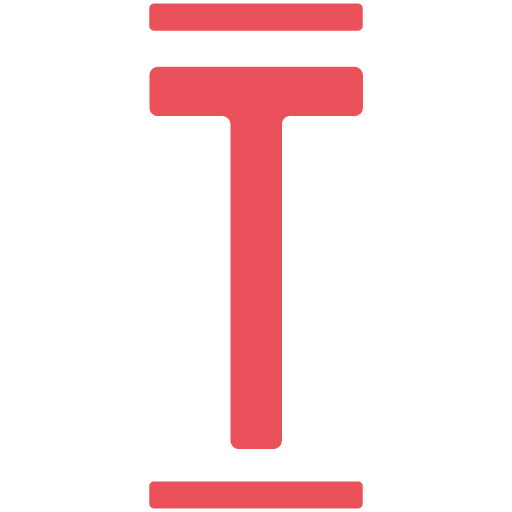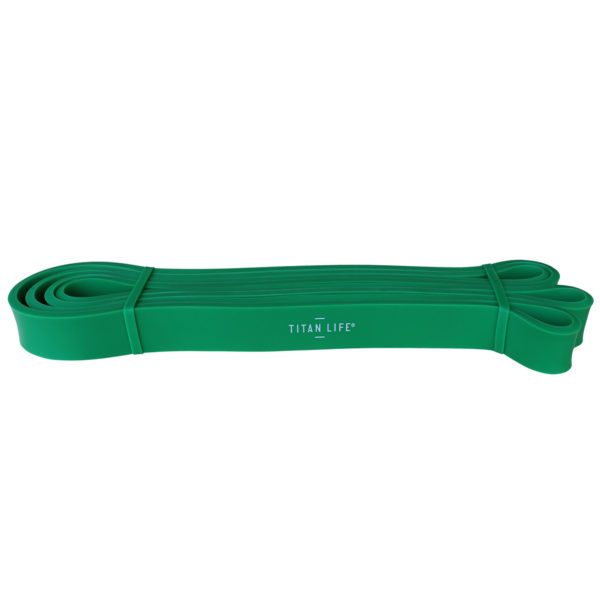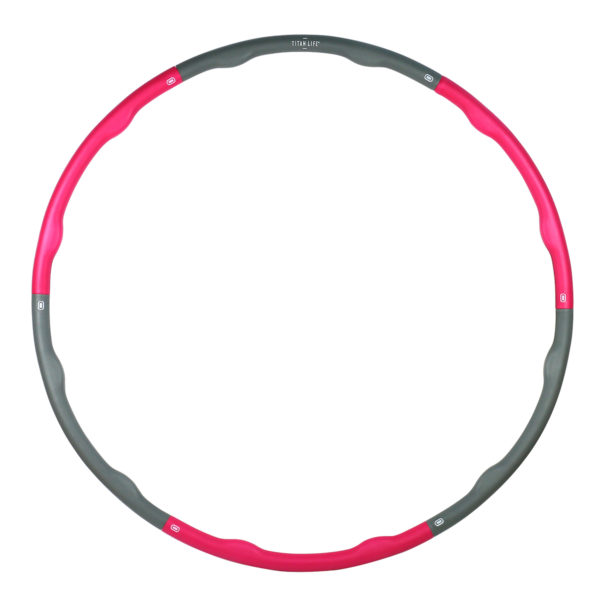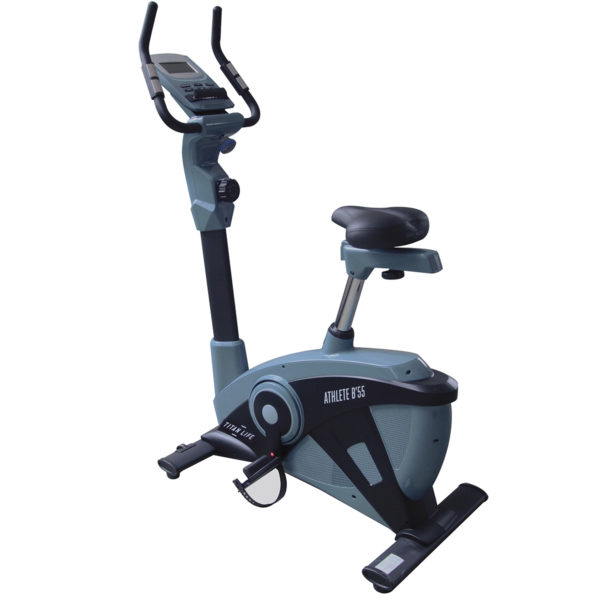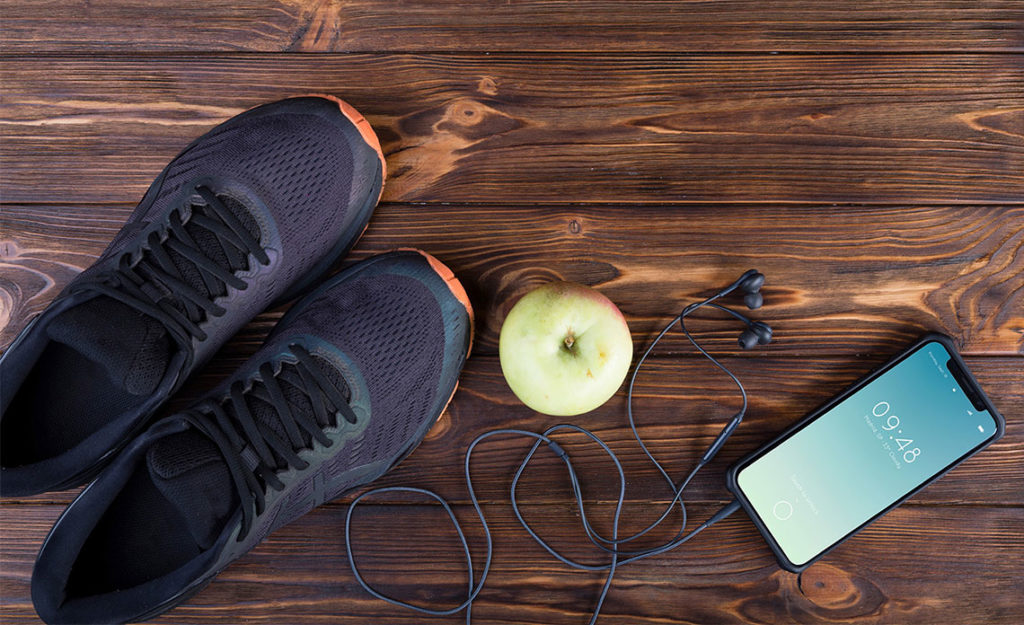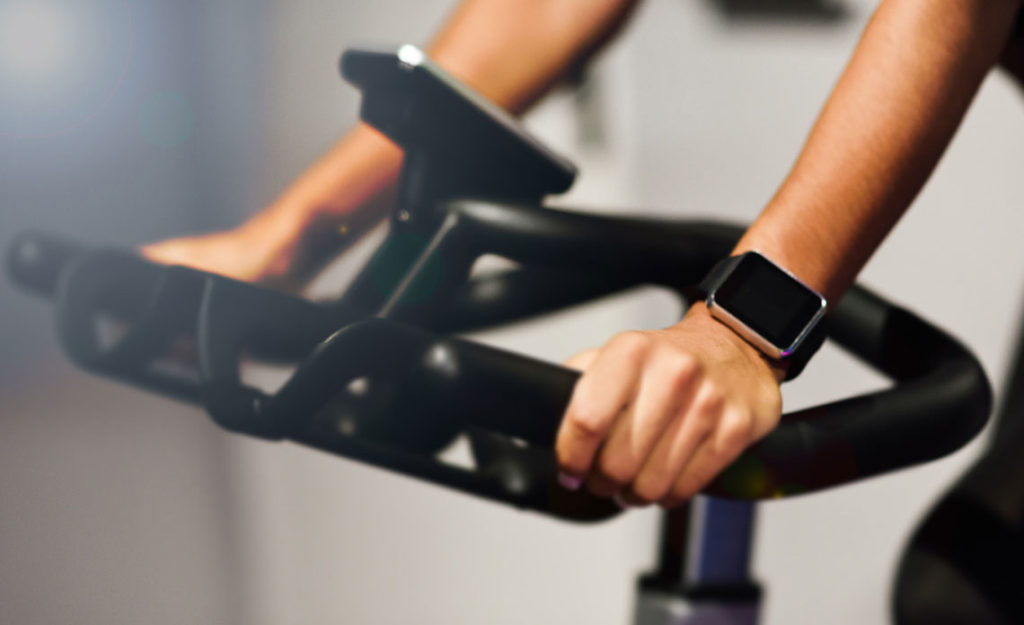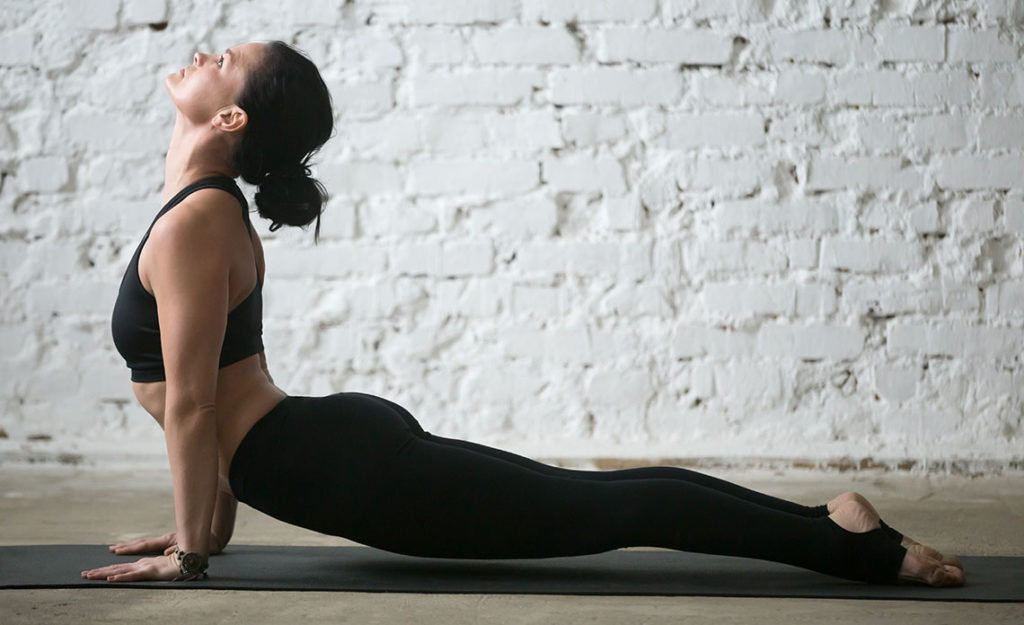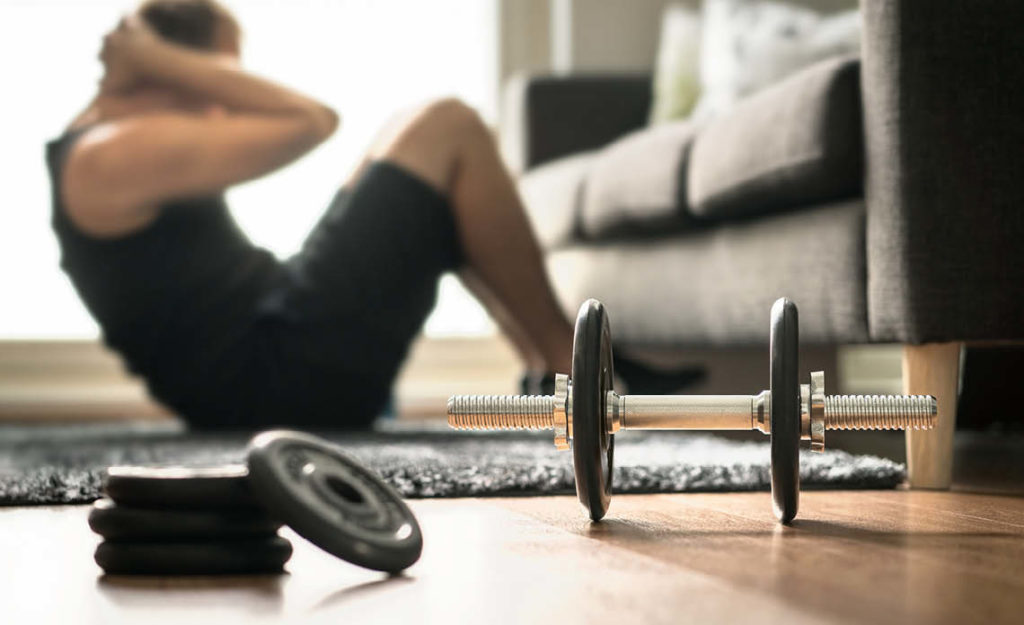This is also available in:
 Dansk
Dansk
Henric Roswell works as a personal trainer and nutritionist. He has always had a keen interest in food and trained as a chef. For him, the combination of exercise and diet are a natural focus of interest.
Henric experienced for himself what it is like when your weight goes berserk. He was busy at work, and other circumstances in his life caused him to quit exercising for five years. The pounds packed on. When he topped 220 pounds, he’d had enough. He knew he needed to change his lifestyle. It took serious effort to put his own well-being back at top of his priority list, but he managed to lose 55 pounds. In addition, he felt more energetic and experienced a significant improvement in his physical and mental well-being.
It is important that he personally went through the experience of changing his lifestyle, incorporating exercise in his daily life, and paying attention to his diet. His experience creates trust between him and the clients for whom he is personal trainer.
I know from personal experience what works in a busy life and how it is possible to change one’s attitude and habits in a healthy and effective manner. – Henric
What we Eat is More Important than we Think
It is no news to anyone that a poor diet impacts negatively on our well-being. When you eat a healthy and varied diet, you will feel better. You will have more energy and a higher level of engagement in your life.
Improving your overall health is very much about the composition of your diet. This is true for elite athletes, those who exercise recreationally, and those who don’t exercise at all.
Diet is a key determinant of physical and mental health in humans. If you don’t give your body the correct nutrition, you won’t have the energy necessary for staying active. That, in turn, impacts your mental well-being – and the downward spiral is off to a start.
Our “Reward Mechanism” Makes it Difficult to Change our Diet
Henric is in the process of qualifying as an internationally certified nutritionist. In his role as a personal trainer, he has worked with many people who for a variety of reasons needed help when it came to exercise. His experience is that it is relatively straightforward to make people find time for exercise in their daily routines. But it is an entirely different story when it comes to dietary choices.
Henric Roswell, 40, has his own business offering personal trainer services.
Licensed Personal Trainer
Licensed Workout Instructor
Licensed Nutritionist
CrossFit Level 1 Trainer
He explains the reason as follows: Food is connected to the “reward center” in our brains. Sugar and fats are favorites for our brains and consuming those rapidly becomes a bad habit. How we eat and what we eat is a very personal matter, and habits easily become entrenched. That is why it is so difficult for many of us to change our dietary habits, and we tend to perceive it as a punishment if we are to make that change.
What’s interesting is that it’s no problem getting my clients to incorporate exercise in their daily lives … but if I get anywhere near their dietary habits, they freak out.
For this reason, it is essential not to make many drastic changes all at once. Instead, take it nice and easy and make small changes that don’t cause too much of an upset in our typical activities and daily lives. Henric explains that once the first small changes have been adopted and have become routine, then we can add other changes.
The Cycle of Change and the Exercise Loop
One of Henric Roswell’s tools in guiding clients is the cycle of change. It is a useful tool for tracking the processes we undergo when we are faced with having to change our exercise and dietary habits. One key point is that once you decide to make an active effort to optimize your daily routines with exercise or dietary changes, you will invariably experience what Henric calls loops.
Loops is a mindset, and a method for getting rid of bad habits. Henric draws a picture of a life consisting of loops and explains:
Look at it this way: When you fall back into old routines and can’t meet the goals you set for yourself, it’s important to remember how that is simply the pattern of the loop. Once you understand this pattern, you will be able to work your way out of the old routines once more and get back on track towards your goal.
Loops are caused by many factors. It is perfectly normal that our daily lives are constantly changing because of work, family, illness, etc.
Don’t kick yourself if, and when you fall into a loop. So long as you know, deep inside, that you’ll get back on track, you’ll be fine.
Henric sees the strongest driving forces as the emotional and personal goals his clients set for themselves. It may be anything from a desire of losing weight or having a healthier and stronger body. The standard is not to be set by external objectives imposed by friends or a trainer. Emotional goals are what motivate you and give you the desire to stick with your exercise program. At the end of the day, that is what makes the difference in terms of not giving up on the goals you set for yourself.
Your goal – not those of others – is what matters.
The Cycle of Change
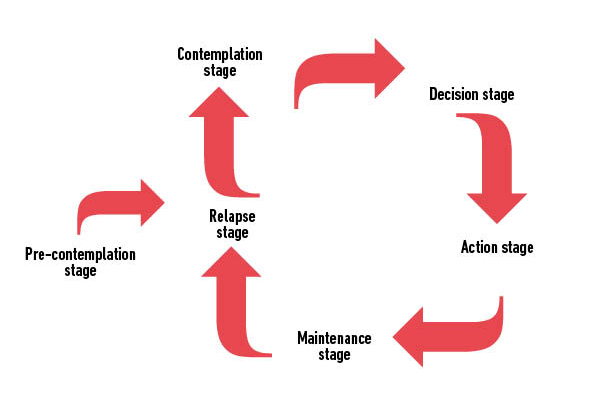
Figure 1:
During the pre-contemplation and the contemplation stages we still don’t know exactly what our decision will entail. We look for information, and perhaps we hit on the kind of exercise we believe will be most suitable. Then, we decide what we want to do, what we want to change, and what we want to integrate into daily life. Finally, we move on to action – we put into action what we decided to do. After that, the task is to stick to the program to advance toward the goal we set. In that stage, we may experience loops in which we lapse out of the new rhythm for a time until we get back on track.
Henric’s Tips for Healthy Exercise and Dietary Habits
- Make an effort to get out and move your body for 30 minutes a day. There’s no need for strenuous workouts – just get moving.
- Consume 500 grams (just over one pound) of fruits and vegetables every day.
- Eat a variety of foods high in fiber. Fiber is essential and keeps you feeling full longer. Examples include:
Whole grains such as oats, high-fiber vegetables such as broccoli and cauliflower, root vegetables such as carrots and parsnips, and legumes and seeds such as lentils and chia. - Set realistic goals for yourself. If your goals are too ambitious, you’ll lose steam more quickly. Small changes are easier to turn into habits that become a part of our daily lives.
This is also available in:
 Dansk
Dansk

